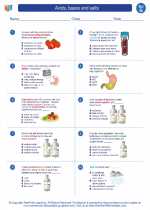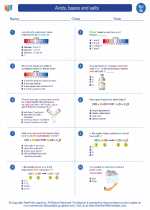Fruits
Fruits are the mature ovaries of flowering plants, usually containing seeds. They are an important part of our diet and come in a wide variety of shapes, sizes, and flavors. In addition to being delicious, fruits are also rich in essential nutrients such as vitamins, minerals, and fiber.
Types of Fruits
There are several categories of fruits:
- Fleshy Fruits: These fruits have a soft, edible part surrounding the seeds. Examples include apples, oranges, and peaches.
- Dry Fruits: These fruits have a hard outer covering that protects the seeds. Examples include nuts, grains, and legumes.
- Aggregate Fruits: These fruits form from multiple ovaries in a single flower. Examples include strawberries and raspberries.
- Multiple Fruits: These fruits develop from the ovaries of multiple flowers. Examples include pineapples and figs.
Importance of Fruits
Fruits are an essential part of a healthy diet for several reasons:
- They are rich in vitamins and minerals, which are essential for the proper functioning of the body.
- They are a good source of dietary fiber, which aids in digestion and helps prevent constipation.
- They contain antioxidants that help protect the body from damage caused by free radicals.
- They are low in calories and fat, making them an ideal snack for those looking to maintain a healthy weight.
Study Guide
When studying fruits, it is important to understand the following concepts:
- The structure and function of fruits, including the role of fruits in seed dispersal.
- The nutritional benefits of consuming a variety of fruits in the diet.
- The different categories of fruits and examples of fruits that fall into each category.
- The importance of fruits in promoting overall health and well-being.
Additionally, it is helpful to learn about the specific nutritional content of different fruits, as well as how to incorporate a variety of fruits into a balanced diet.







